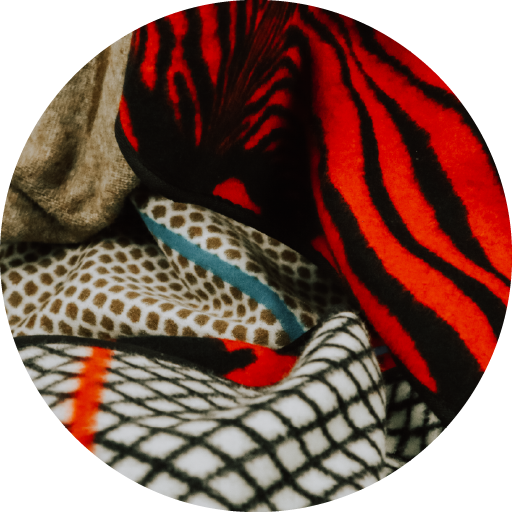

Readers are born on the laps of their parents
#cultureiseconomy
PRODUCTS TO ENHANCE A CULTURAL EXPERIENCE
THE HONEY BADGER
The honey badger has a fairly long body, but is distinctly thick-set and broad across the back. Its skin is remarkably loose, and allows it to turn and twist freely within it. The skin around the neck is 6 millimetres (0.24 in) thick, an adaptation to fighting conspecifics. The head is small and flat, with a short muzzle. The eyes are small, and the ears are little more than ridges on the skin, another possible adaptation to avoiding damage while fighting.
The honey badger has short and sturdy legs, with five toes on each foot. The feet are armed with very strong claws, which are short on the hind legs and remarkably long on the forelimbs. It is a partially plantigrade animal whose soles are thickly padded and naked up to the wrists. The tail is short and is covered in long hairs, save for below the base.
The honey badger is notorious for its strength, ferocity and toughness. It is known to savagely and fearlessly attack almost any other species when escape is impossible, reportedly even repelling much larger predators such as lion and hyena. Bee stings, porcupine quills, and animal bites rarely penetrate their skin. If horses, cattle, or Cape buffalos intrude upon a honey badger’s burrow, it will attack them. In Kalahari Gemsbok National Park, a honey badger was killed by a lion. In the Cape Province it is a potential prey species of the African leopard. African rock pythons, Nile crocodiles and spotted hyenas also prey on honey badgers occasionally.







